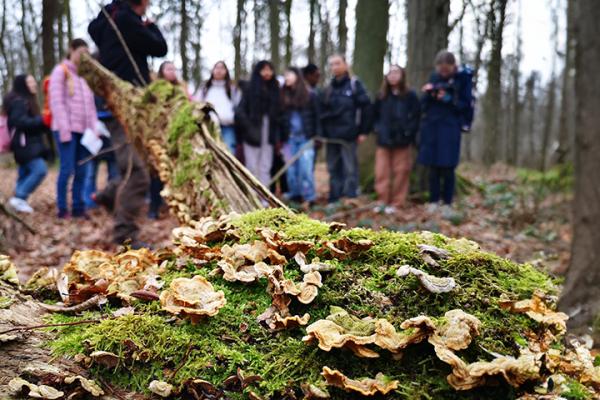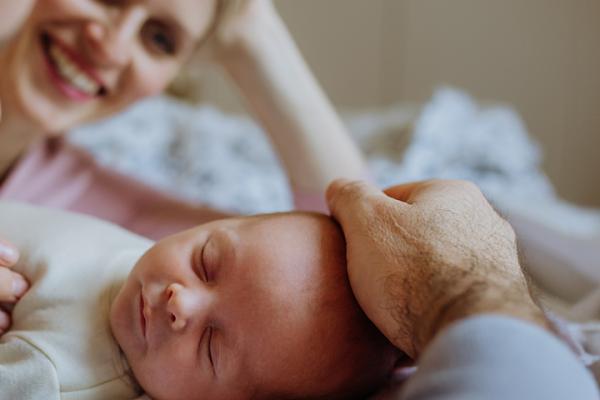That means low-cost robots will be able to act intelligently and perform complex tasks such as navigating unfamiliar environments and 3D mapping just by being connected to the internet.
‘You can now equip your robot with a wireless dongle and connect it to one of the many modern data centers – the huge server farms that power the likes of Google, Facebook, and Amazon – that provide computation and storage on demand,’ said Dr Markus Waibel from the EU-funded RoboEarth project.
The four-year project, whose partners include the consumer electronics group Philips, has taken a simple robot that cost about EUR 300 and enabled it to do complicated navigation tasks by connecting it to specially developed cloud software.
‘The term “cloud robotics” did not even exist four years ago, and since then this area has become one of the most rapidly evolving fields of robotics and has attracted large players, from major universities around the world to companies like Google,’ said Dr Waibel, who is based at the Institute for Dynamic Systems and Control at ETH Zurich, Switzerland.
In the short term, the robot cloud means that basic robotic vacuum cleaners and lawn mowers would be able to perform complex 3D mapping by being connected to the internet. However, in the longer term its impact could be significant as it removes one of the main barriers to the widespread use of robotics – cost.
That’s because it takes away the need for on-board computation, which requires expensive processors and adds more weight to a robot, meaning it needs more power to operate for long periods of time.
‘The pace of robotics is clearly accelerating,’ said Dr Waibel. ‘I’m sure that internet connectivity and cloud robotics will play a major role in the future.’
Skynet
The prospect of intelligent robots that learn from each other and are able to access vast data centres is a daunting one for many people due to films like Terminator where the Skynet computer system becomes self-aware and turns on mankind, or Space Odyssey.
‘I think those analogies are flawed,’ said Dr Waibel. ‘RoboEarth is about building a knowledge base and outsourcing computation, and while it may include intelligent web services or a robot app store, it is about as “self-aware” as Wikipedia.’
RoboEarth is one of a number of EU projects that are giving robots the ability to learn by connecting them to smart systems. The EU-funded three-year RUBICON project is working on ways to link up a robot with sensors, creating a network that can learn about its environment.
“‘The term “cloud robotics” did not even exist four years ago, and since then this area has become one of the most rapidly evolving fields of robotics.’
‘It consists of a network of sensors, a network of effectors and indeed mobile robot devices, all of these things would have a computational ability,’ said the project coordinator Professor Gregory O’Hare, from University College Dublin. ‘It could well be opportunistic interaction between a robot and one individual sensor.’
The system could be used, for example, in elderly care so that it would learn the habits of an elderly person and be able to work out if something goes wrong.
‘The robot might recognise that Maisy, an elderly lady, normally gets up at 9.30 and here we are at 10.15 and they still haven’t got out of bed,’ said Prof. O’Hare. ‘The robot could recognise that departure from the daily signature and maybe initiate an event to try and establish why that was happening.’
At the moment the project has developed a demonstration system and it is now making it more robust so it can show a fully operational system by the time it ends in 2014. Prof. O’Hare reckons the system could start being used on an experimental basis in specified sectors such as sheltered housing in five years, before being used more widely in ten years or more.
To help push forward the development of the robotic cloud, the RoboEarth project has made most of the key parts of its software open source, meaning people can just download it from the project website. That has helped build a community of research organisations and industrial companies around the area of cloud robotics.
While the project finishes in 2013, its central role in the field of cloud robotics means that the researchers hope to carry on the work they are doing. ‘RoboEarth will … certainly continue as its core technologies have become integral to the research of many of the consortium’s partners and a sizable open source community has grown around its software.’




